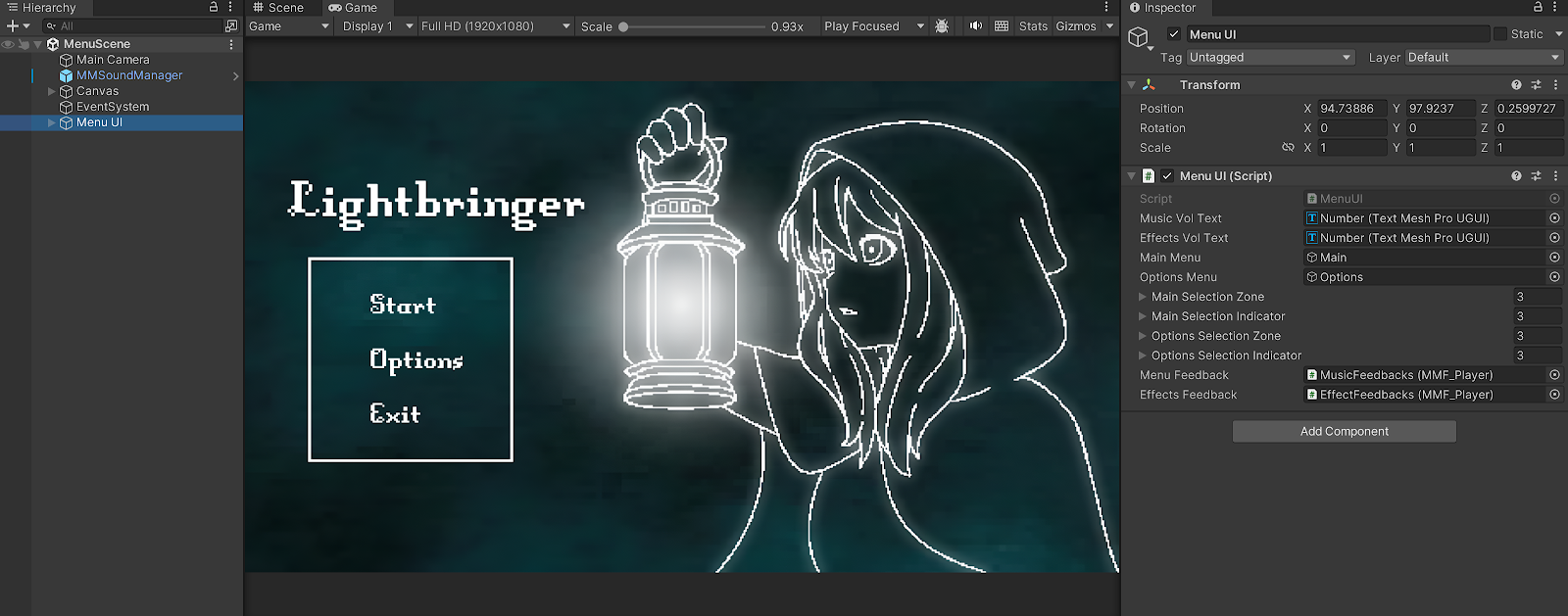Digital Photography and Imaging / Week 8
Name: ALYSSA AISYAH BINTI 'ARIEF NASRAN (0364017)
BDCM
Digital Photography and Imaging (GCD61204) / Section 1
LECTURES
During week 8 was independent learning week, thus there was no lectures, tutorial, or practical, so I had used this time to work on my double exposure exercise and portrait.
TUTORIAL
No tutorial
INSTRUCTIONS
PRACTICAL
Double Exposure
During week 7, we were tasked to create a double exposure image based on the pictures given and tutorial demonstrated. Like mentioned in the lectures, double exposure is a technique that combines two different exposures or images that are layered on top of each other. The image overlaid is less than full opacity so a bit of both images can be seen producing an almost ghost-like image. During this week, week 8, was independent learning week, thus I have used this time to work on this assignment.
Progress
Fig 1.4 Final Double Exposure
Your Own Double Exposure
In the 2nd part of the project, we must create a self-double exposure image using our own portrait selfie, and images online of our choice.
I first started off by taking a photo of myself from a side angle with my hair up as it would be easier to edit in photoshop with the images and to have a silhouette-based composition with an outline that would be easy to identify even when the other images are overlapped.
Fig 1.5 Self-Portrait
I then went online to look for pictures to create the double exposure with and decided on these images.
Fig 1.6 Image 1, Mountain
Fig 1.7 Image 2, Birds
Fig 1.8 Image 3, Birds
Once I had collected all my images I then went into Photoshop and started composing my double exposure image. I first started off by placing the self portrait into the program and then removing the background using the magic wand tool and correcting some minor errors by going into the masking and erasing them manually.
Fig 1.9 Progress Masking
After removing the background, I then added the mountain onto my picture to create the double exposure effect, adjusting the opacity as well. This is also followed by adjusting the colours of the portrait and background to have a more synonymous tone with one another.
Fig 2.0 Creating Double Exposure
I then erased some parts of the mountain and my own portrait in the shoulder area along with my hair to create a smooth blended effect as it merged with my picture and added in the birds as well at the top where the clouds appear.
Fig 2.1 Blending and Adding Birds
Finally, I rendered the whole picture by adjusting some of the double exposure blending with the clouds and my portrait, and making minor adjustments to the elements such as the birds to ensure the whole picture looked harmonious.
Fig 2.2 Rendering of Photo
Final Own Version Double Exposure
Fig 2.3 Final Own Version Double Exposure
Your Own Double Exposure
Fig 1.5 Self-Portrait
I then went online to look for pictures to create the double exposure with and decided on these images.
Fig 1.6 Image 1, Mountain
Fig 1.7 Image 2, Birds
Fig 1.8 Image 3, Birds
Once I had collected all my images I then went into Photoshop and started composing my double exposure image. I first started off by placing the self portrait into the program and then removing the background using the magic wand tool and correcting some minor errors by going into the masking and erasing them manually.
Fig 1.9 Progress Masking
Fig 2.0 Creating Double Exposure
I then erased some parts of the mountain and my own portrait in the shoulder area along with my hair to create a smooth blended effect as it merged with my picture and added in the birds as well at the top where the clouds appear.
Fig 2.1 Blending and Adding Birds
Finally, I rendered the whole picture by adjusting some of the double exposure blending with the clouds and my portrait, and making minor adjustments to the elements such as the birds to ensure the whole picture looked harmonious.
Fig 2.2 Rendering of Photo
Fig 2.3 Final Own Version Double Exposure
















Comments
Post a Comment